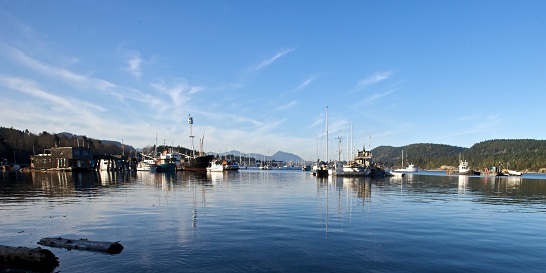
The Town of Ladysmith commissioned three studies of contamination at a former industrial site on its waterfront, to review options for remediation.
A geotechnical study looked at subsurface soil and groundwater conditions. It found extensive coal waste that was at risk of becoming liquid and destabilizing the ground during a seismic event. The study made recommendations for ground improvement to mitigate the seismic hazard and erosion caused by ocean wave action.
An environmental site investigation and a marine sediment study assessed the soil and groundwater. It found contaminants including oils, fuels and contaminants associated with coal waste, rail yards and shipping.
The town is considering an application from a private developer to remediate and redevelop the site, and has agreed to involve the Stz'uminus First Nation as a partner in any redevelopment.
Results
| Environmental | Economic | Social |
|
|
|
Challenges
- Both the province and the town had many other projects underway at the time, reducing capacity for the study.
- The town had to make an application for additional drilling to determine the extent of the contamination.
- The involvement of three jurisdictions (the municipality, the province and the First Nation) complicated the process.
- The area was inhabited at the time of the study.
Lessons learned
- Meet regularly and communicate well with partners.
- When multiple jurisdictions are involved, partnership is the key to success: everyone has a piece of the puzzle.
- Reach out to provincial agencies until the right partner (the department best equipped to move the project through regulatory processes) is found.
- Make sure the community understands what is happening at the site - the what, why and how of the research.
Resources
Partners and Collaborators
Project Contact
Ruth Malli
City Manager
Town of Ladysmith, BC
T. 250-245-6401

